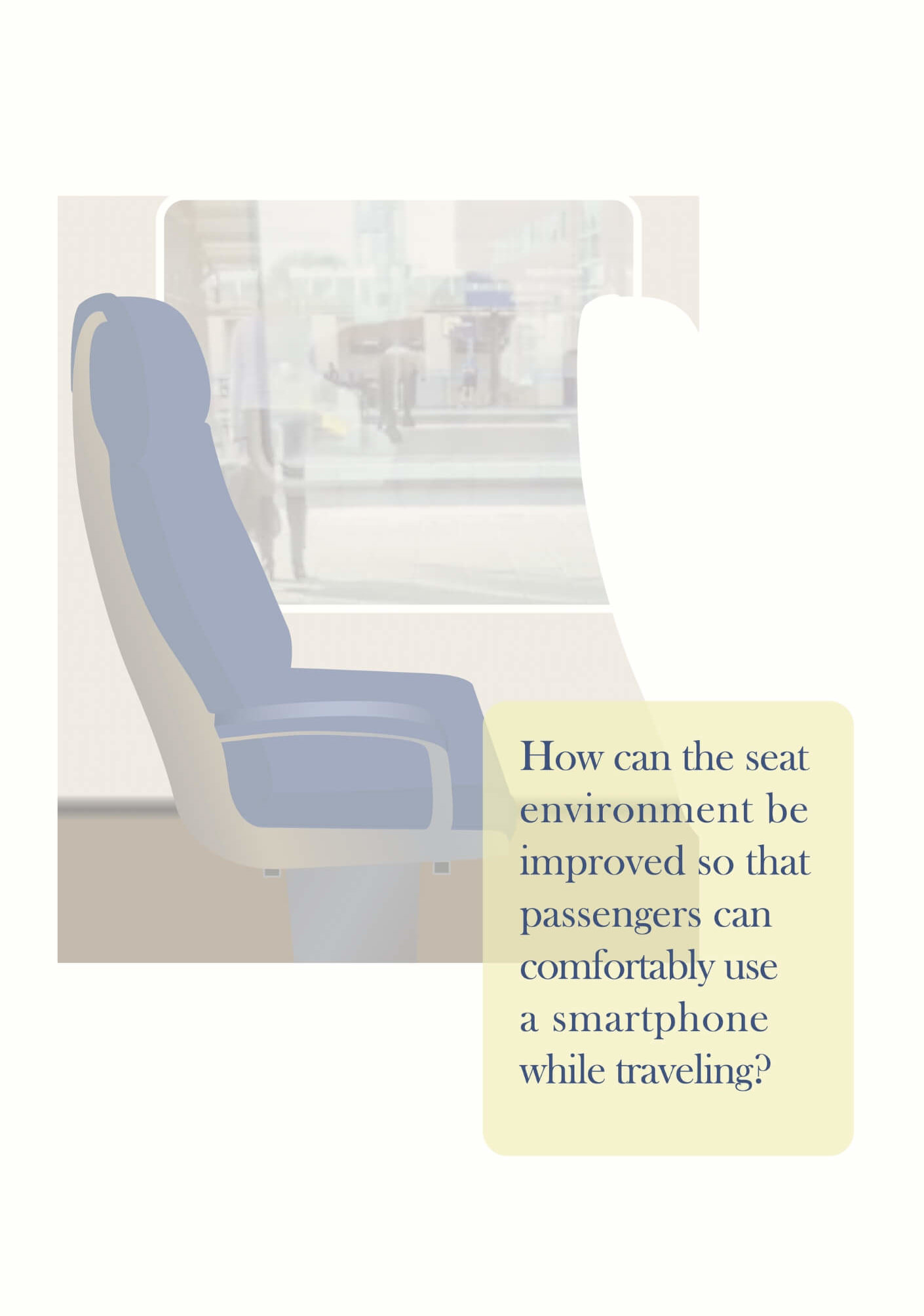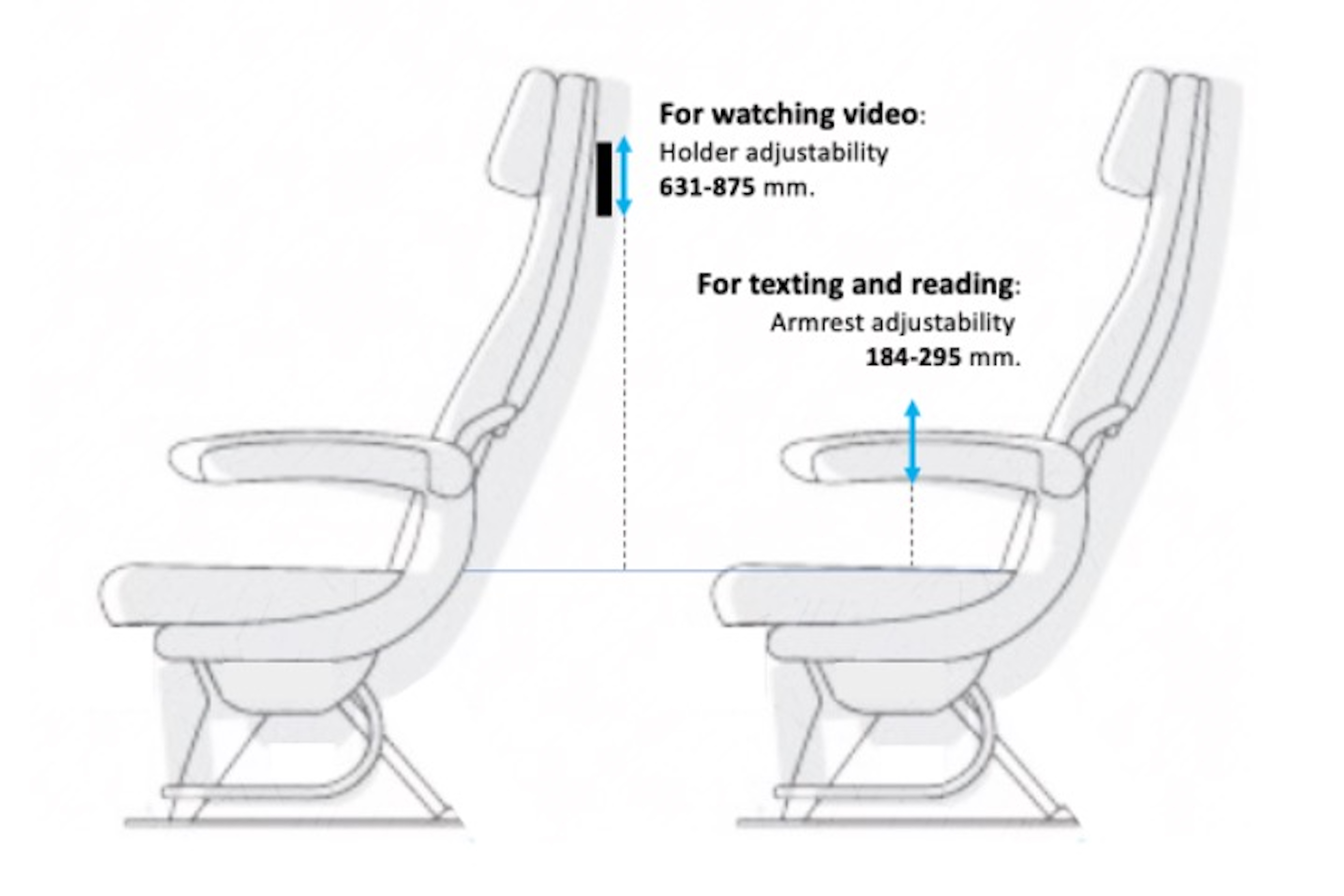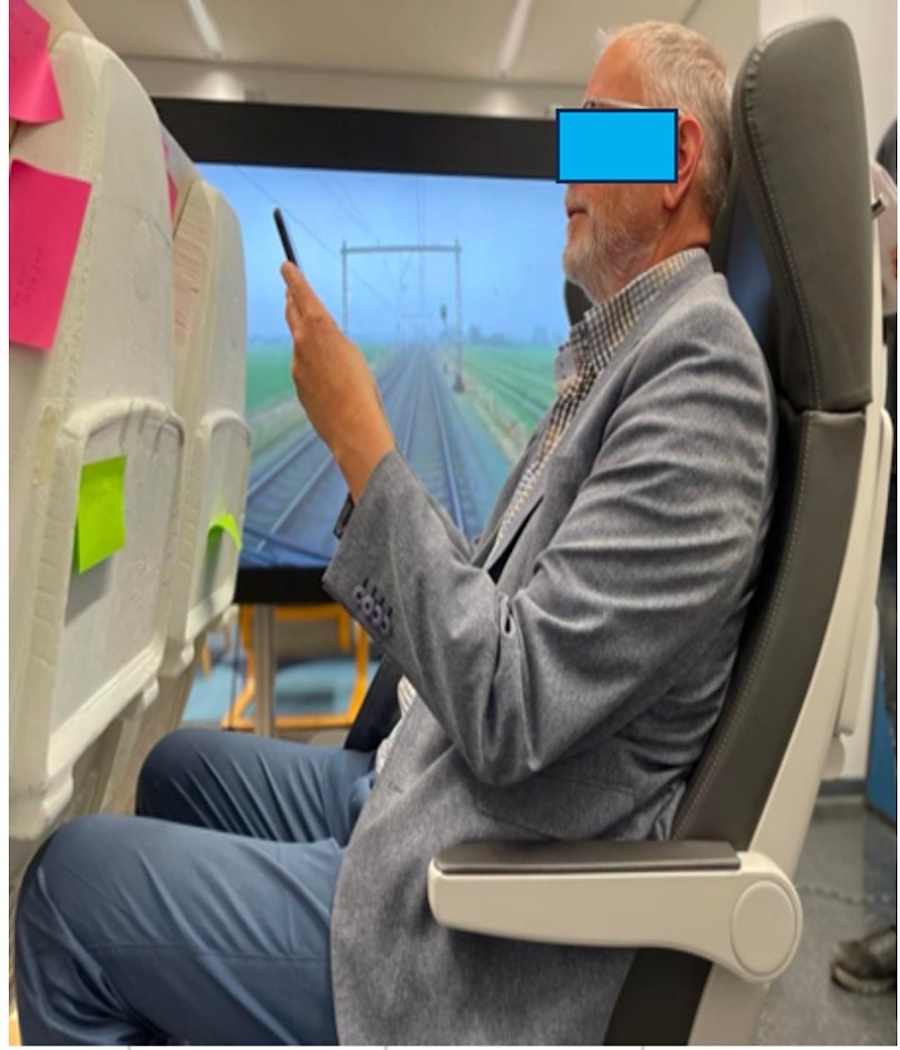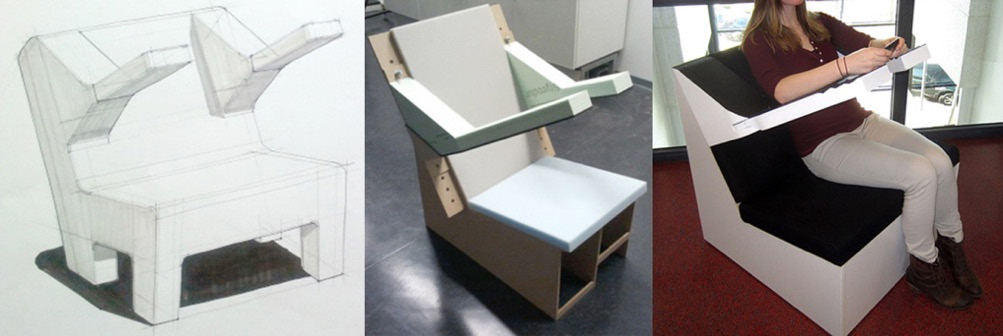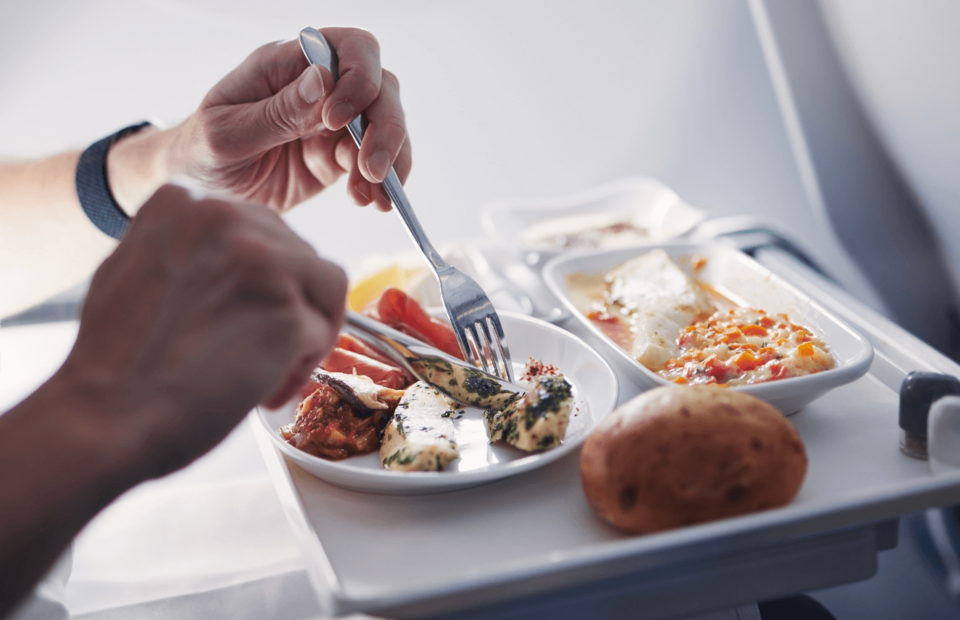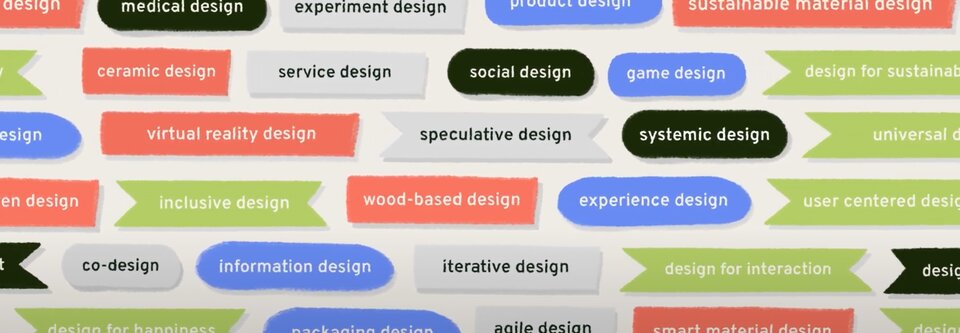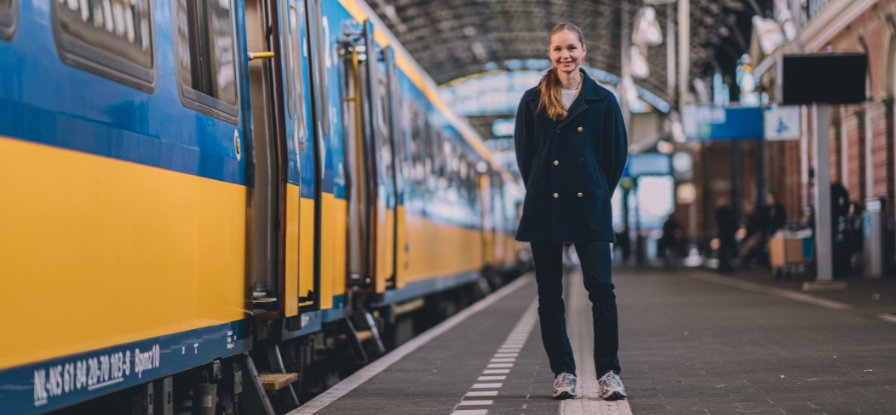Getting more comfortable with smartphone use
Whether traveling by plane, train, or bus, nowadays most passengers can be found using a smartphone. But limited space for movement and keeping the neck bent for long periods of time can result in discomfort for many people, particularly in the neck, shoulders, arms, and back. For her PhD, Sumalee Udomboonyanupap explored what it takes to design an improved seating environment in trains, providing passengers a more comfortable experience with smartphone use.
Pain in the neck
Research confirms that using a smartphone is now the main activity people engage in while taking trains. There are also studies showing that people get neck pain from using a smartphone for long periods of time, something Udomboonyanupap called ‘text neck syndrome’. This type of discomfort can even lead to musculoskeletal disorders.
But when she started the PhD, Udomboonyanupap said there was no research related to how people use a smartphone, for example, how they hold it, what their posture is like, and the activities they do on the devices. With a background in occupational health and safety, she had experience in evaluating the health situation of people when they are working, to improve ergonomics and working conditions.
In a similar fashion, her PhD research aimed to develop background information that can help designers address the question of how to improve vehicle seat environments so passengers can comfortably use a smartphone.
Data collection
With her research question and a hypothesis in mind, Udomboonyanupap needed some data. “We decided to select trains because, unlike airplanes, they don’t provide a screen for passengers,” she said. “But people still use trains for a long period of time and that’s why you see lots of problems with smartphone use and train passengers.” So she set out to observe the behaviour of train passengers, looking at what percentage use smartphones while traveling, what activities they perform on the phone, and what type of posture they have while seated. Then, to study the seating environment needs of passengers, Udomboonyanupap conducted small group discussions with students, employees, and older people to gather a broad range of data. She then did a context mapping study, co-creation sessions with both designers and passengers, as well as a lab study to simulate people sitting on the train while using smartphones.
Results and recommendations
From the data, Udomboonyanupap found that the four main activities performed on a smartphone were listening to music, watching videos, reading, and texting. While participants used both hands for texting, they held the phone in the right hand for reading and watching videos. And she learned that passengers preferred to use their smartphones with an arm support. From this, she was able to come up with some recommendations to improve smartphone comfort for train passengers.
With her research suggesting that arm support reduces neck discomfort, Udomboonyanupap recommended a height adjustable armrest that accounts for size differences among people. Her thesis states that the height level of the armrest should be adjustable between 18.4-29.5 cm above the seat pan, but if it cannot be adjusted, then 24.3 cm is advised. But while passengers are watching a video on the phone, a smartphone holder would be preferred. This could be attached to the backrest in front of the person, for example, with a height that could vary between 63.1-87.5 cm. above the seat pan.
Applications and reflections
There is a need to improve comfort for people around the world, notes Udomboonyanupap, and her research contributes to that. “We need to help people in their daily lives and work,” she said. “The literature review I did, and the data and guidelines that came from my work can be used by seat designers or seat providers for trains, but also for buses and airplanes. And the data can also be used to improve the design of workstations.”
During her PhD journey, Udomboonyanupap appreciated that she was not alone. “This was important for me because of I was far away from my home. A lot of friends and colleagues supported me. It was not only the knowledge that we shared together, but we helped each other and challenged each other at the same time.”
Currently working as a lecturer and researcher at Suranaree University of Technology in her hometown in Thailand, Udomboonyanupap is teaching, advising students, and doing research. She believes she is the first person in her field there to pursue an academic study with a design focus, which gives her a unique set of skills. “They study how to evaluate the problem, but they don't know how to design to improve the problem, and that's why I decided to follow industrial design,” she said. “I can combine the design discipline with the occupational health and safety field and help solve problems using design knowledge.”
Peter Vink
- +31 (0)15 27 81438
- P.Vink@tudelft.nl
-
Room 32-B-3-160
"Sustainable productivity can be reached by adapting environments to human and organisational characteristics."
Stella Boess
- +31 (0)15 27 83196
- S.U.Boess@tudelft.nl
-
Room B-2-140 StudioMingle


